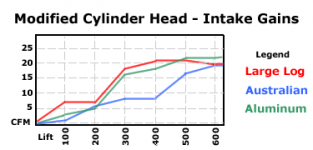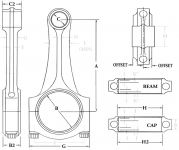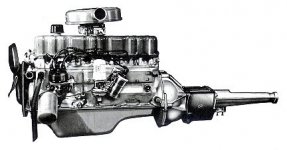Articles
Published in Legendary Ford's July/August 2008 issue.
The inline six by design will produce more torque pound for pound than a V8. The reason is simple; a V8 spins the crankshaft 90 degrees for each stroke, while the inline six turns the crank 120 degrees between strokes. This means for every...
Ever wonder what size motor you have? If so, your not the only one. To the inexperienced enthusiast all small sixes look identical, however there are minor differences which can be easily spotted if you know what to look for. In this article we'll cover a majority of the differences, for engines...





